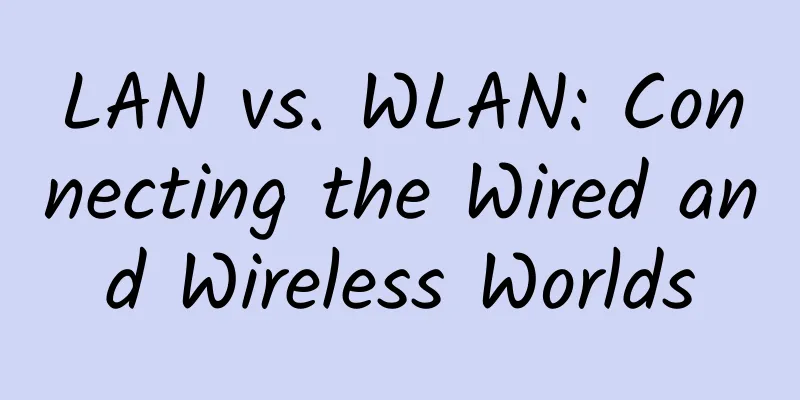The difference between continuous delivery and continuous deployment

I wrote this post last Wednesday. It sparked lively discussion on Weibo, and by Thursday it had been forwarded 87 times and received 25 likes. Apparently, this is a hot topic and many people are confused about the difference between continuous delivery and continuous deployment. It is worth explaining this concept in more words than the word limit of Weibo. Continuous Delivery is a series of development practices to ensure that the code can be quickly and safely deployed to the product environment. It submits each change to a simulated product environment and uses strict automated testing to ensure that business applications and services meet expectations. Because a fully automated process is used to automatically submit each change to the test environment, when business development is completed, you have the confidence that you can safely deploy the application to the product environment with just one click of a button.
Continuous deployment is a higher level of continuous delivery: all changes that pass automated testing are automatically deployed to the production environment. Most companies should aim for continuous deployment if there are no institutional constraints or other conditions. There are many business scenarios where a business needs to wait for another feature to appear before it can go online, which makes continuous deployment impossible. Although using feature switching can solve many such situations, it is not always the case. Therefore, whether continuous deployment is suitable for your company is based on your business needs - not technical limitations. Inspired by Yassal Sundman's blog post on Crisp's Blog. Although continuous deployment is not suitable for all companies, continuous delivery should definitely be a goal that every company needs to pursue. Only when you can continuously deliver your code can you have the confidence to submit your changes to customers and serve customers within a few minutes by clicking the "go" button. Only then can you have the confidence to click this button immediately at any time - once the business allows. |
<<: Seven development tools for continuous integration and continuous delivery
Recommend
Where is the entrance to 5G message service? You may not think of it
Since the Ministry of Industry and Information Te...
StarryDNS Spring Promotion: $5/month-2GB/20GB/1TB@150Mbps/Tokyo/Osaka Data Center, Japan
StarryDNS is a hosting company registered in Hong...
[Black Friday] SoftShellWeb: $8.99/month-1GB/20GB/100GB@1Gbps/Taiwan VPS
SoftShellWeb has released several special promoti...
LiCloud National Day Promotion: Hong Kong dedicated server first month from $19.99, Hong Kong high bandwidth VPS annual payment from $17
LiCloud.io has launched this year's National ...
Focusing on intelligent network connectivity and IoT innovation, H3C made a stunning appearance at the 2019 World Internet of Things Expo
[51CTO.com original article] On September 7, the ...
Chip shortages, edge computing and IoT will drive IT transformation in 2022
Forrester Research pointed out in its research th...
Three major problems facing my country's 5G base stations
At present, the development of 5G commercializati...
Little-known tips for ordinary users to install broadband at home
In the past two years, broadband has become a mus...
OneTechCloud: 20% off on all VPS, Hong Kong CN2, Japan CN2, US CN2 GIA, high-security VPS, native IP
OneTechCloud (Yikeyun) offers a minimum 20% disco...
Review of 5G in 2019: 5G sounded the rally call for commercial use
"5G is like a newborn baby, new from head to...
Don't know how to learn the protocol? Click it!
Once you enter the communications industry, you w...
China Mobile's July data shows sharp decline in users is still accelerating
Recently, China Mobile released its operating dat...
A brief history of computer networks
The development of computer networks has come a l...
The Ministry of Industry and Information Technology issued the "Regulations on the Management of Number Portability Services": Nine types of behaviors are strictly prohibited
[[282065]] The Ministry of Industry and Informati...
Multiple Choices for Internet Communication: Do you really know how to make phone calls?
"Do you really know how to make phone calls?...









